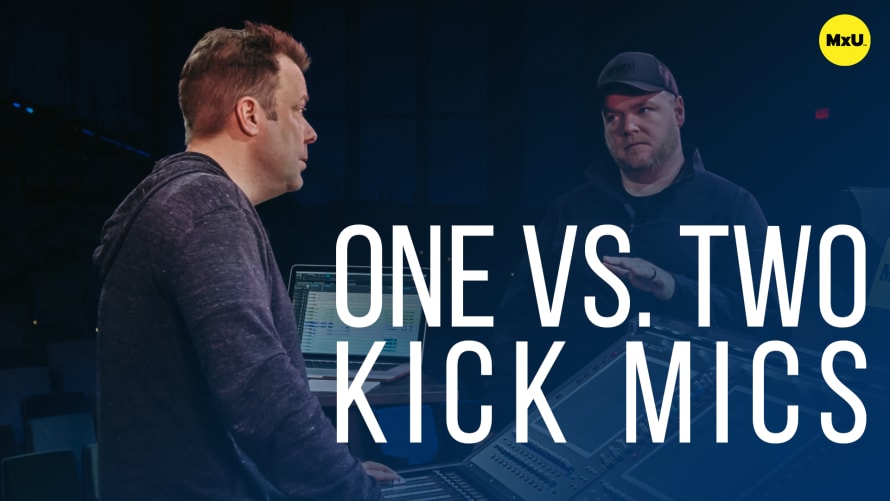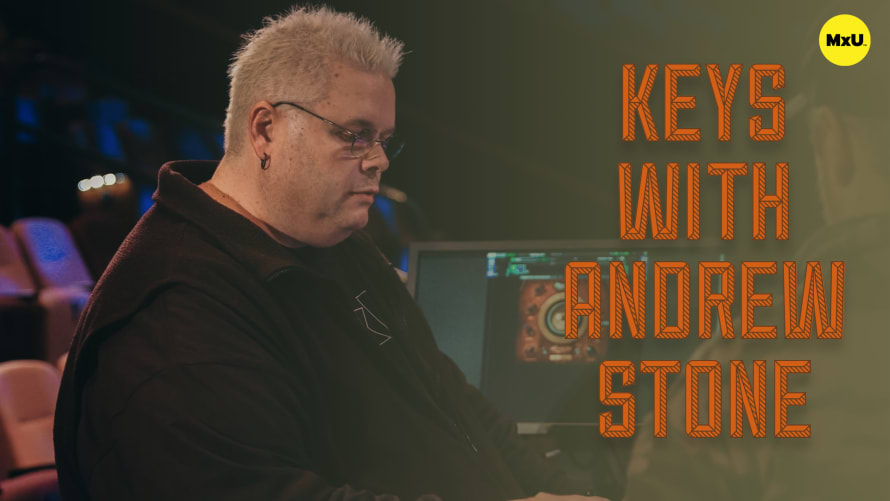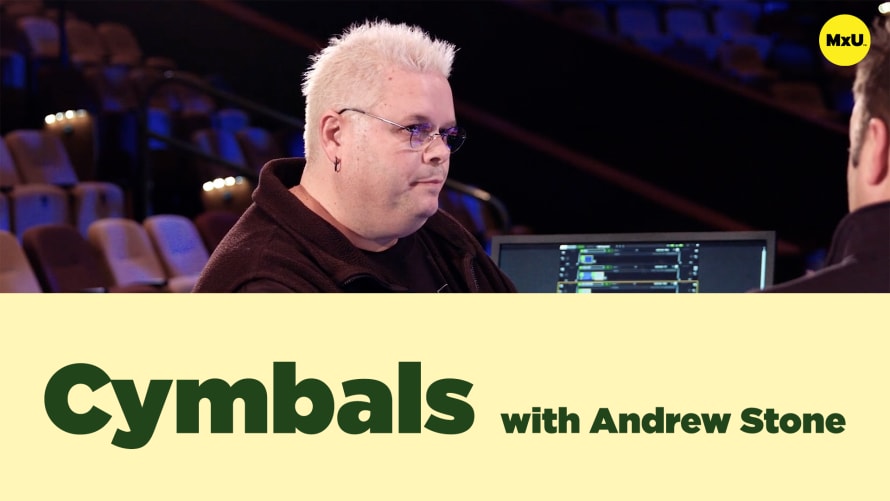Hi-Hat with Jeff Sandstrom


Continue watching
Sign up to continue watching Hi-Hat with Jeff Sandstrom
Pricing
Starting at $19.95 /mo
More in MxU
Focus on mixing the hi-hat in a live drum kit, a component often overlooked. Delve into the specific challenges for managing the hi-hat sound. Highlight the importance of EQ adjustments and filtering. They help achieve clarity and presence without overpowering the mix.
Key Points:
- Historically, the hi-hat was often considered a less critical element in live mixing compared to studio work. Sometimes it was just seen as another input.
- In live mixing, the main concern for the hi-hat is to eliminate low-end frequencies and kick drum bleed. Also, reduce some mid-range frequencies.
- Without processing, the hi-hat can sound messy and overwhelm the kit's overall sound.
- A high-pass filter is crucial to remove low-end bleed, particularly from the kick drum. It also cleans up the overall sound of the hi-hat.
- We make EQ adjustments to reduce mid-range frequencies. We aim to enhance the true character of the hi-hat. We also want to remove boxiness or muddiness.
- The focus is on achieving a more organic and open sound for the snare. This also influences the hi-hat's treatment. The aim is to replicate the natural sound one would hear standing next to the drum kit.
Topics
Categories
Audio
301
Nothing added









